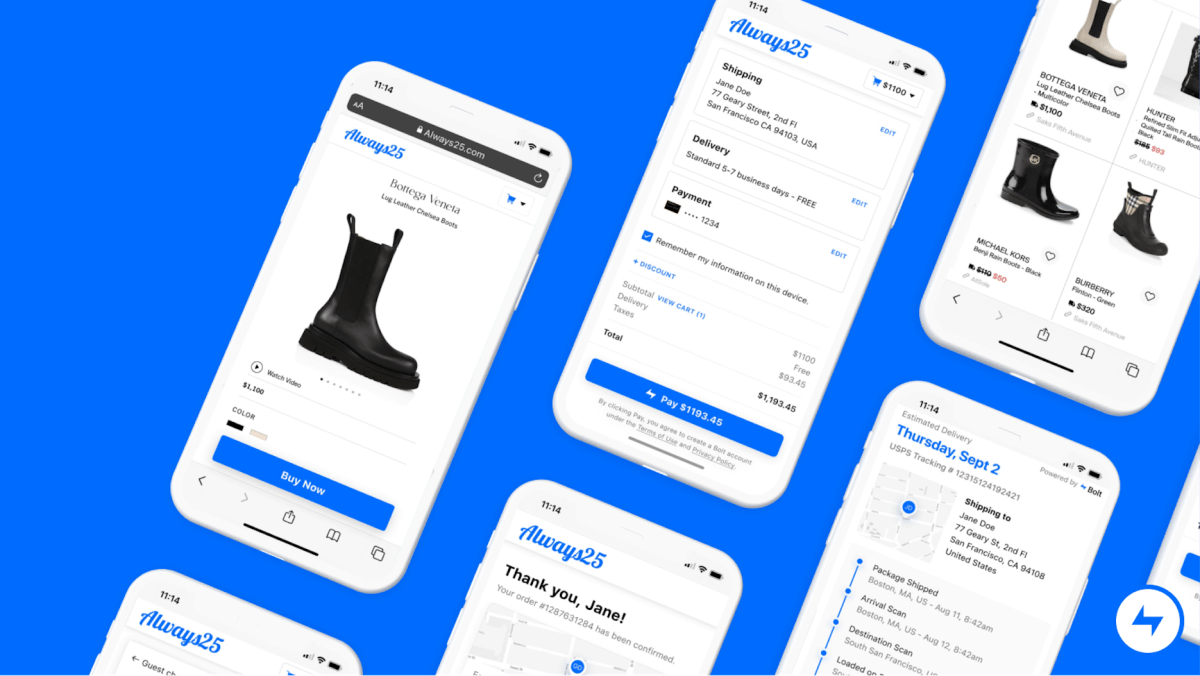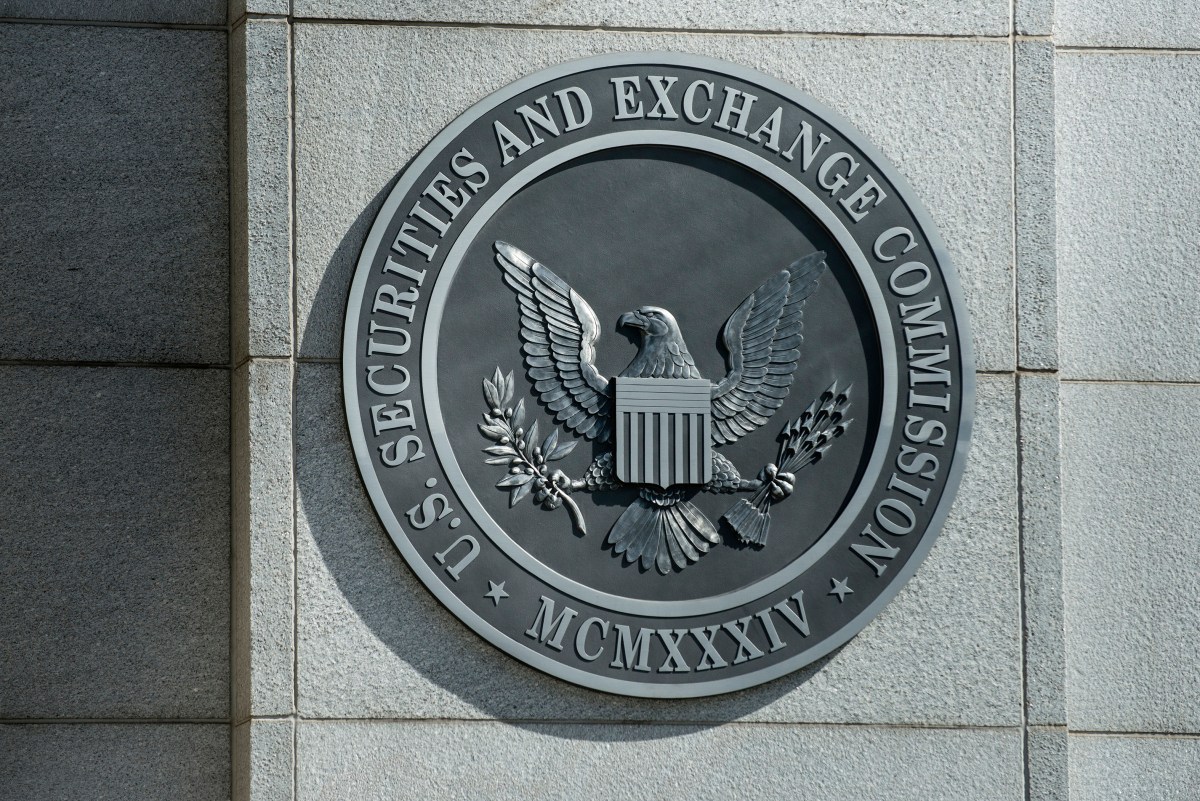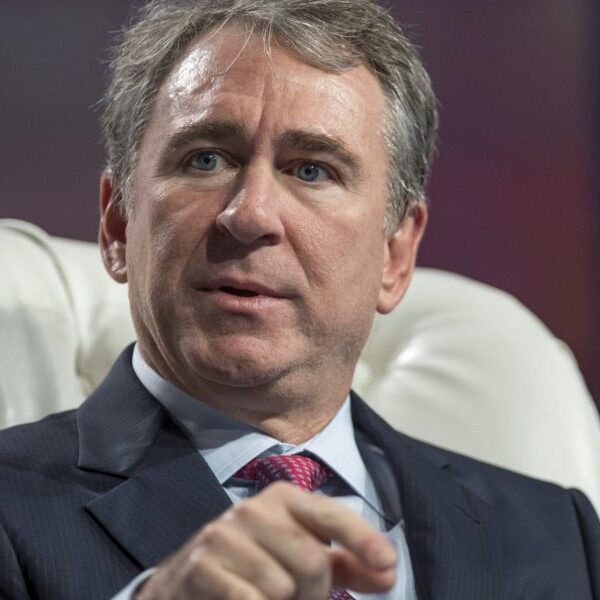Amazon’s Prime Day, which leads to an overall boost to U.S. e-commerce thanks to competitive sales, saw a significant increase in retail traffic driven by generative AI products, including chatbots and browsers. According to a post-Prime Day analysis by Adobe Analytics, gen AI traffic to U.S. retail sites increased by 3,300% year-over-year — which was more than the firm had originally forecast.
Adobe’s e-commerce division provided an analysis of the U.S. retail landscape encompassing over 1 trillion visits to U.S. retail websites, including 100 million SKUs across 18 product categories. During the Amazon Prime Day event (July 8-11), U.S. retailers saw $24.1 billion in online spend, representing 30.3% year-over-year growth, or the equivalent of two Black Fridays. (Black Friday 2024 saw $10.8 billion in online spend, which was then a new benchmark for the holiday shopping event.)
The actual results from the firm’s Prime Day analysis came in slightly higher than its estimates, which predicted $23.8 billion would be spent with U.S. e-commerce retailers over the four-day period, representing 28.4% year-over-year growth.
As a result, the figures for the use of gen AI driving online shopping were higher as well, indicating increased consumer interest in using generative AI-powered chat services and browsers as online shopping assistants. However, this AI-driven traffic still remains much smaller than other channels like email or paid search, Adobe noted.
Paid search, for example, accounted for a 28.5% share of U.S. e-commerce sales during the Prime Day event, up 5.6% year-over-year.
Another growing channel for driving retail clicks this year involved social media influencers, who drove 19.9% of U.S. online retail sales during the event. That figure was up 15% year-over-year, and data indicated that influencers converted shoppers into making purchases 10 times more effectively than social media overall.
Amazon didn’t share specific Prime Day figures, only saying that it was the biggest event ever with record sales and more items sold than before. However, the company also expanded Prime Day to a four-day event this year, making comparisons to prior years difficult.
According to one third-party analysis from Momentum Commerce, reported by Adweek, Prime Day sales during its first two days were initially down 35% year-over-year, then increased by day three to be up 165% year-over-year. This suggests that shoppers may have been waiting until the later sale days to see if their items would receive deeper discounts.
Adobe noted that top categories driving U.S. e-commerce sales during the Prime Day event this year included appliances, where online sales were up 112%, compared to average daily sales in June. Other categories that saw strong growth included office supplies (up 105%), electronics (up 95%), books (up 81%), tools and home improvement (up 76%), home and garden (up 58%), and baby and toddler (up 55%).















